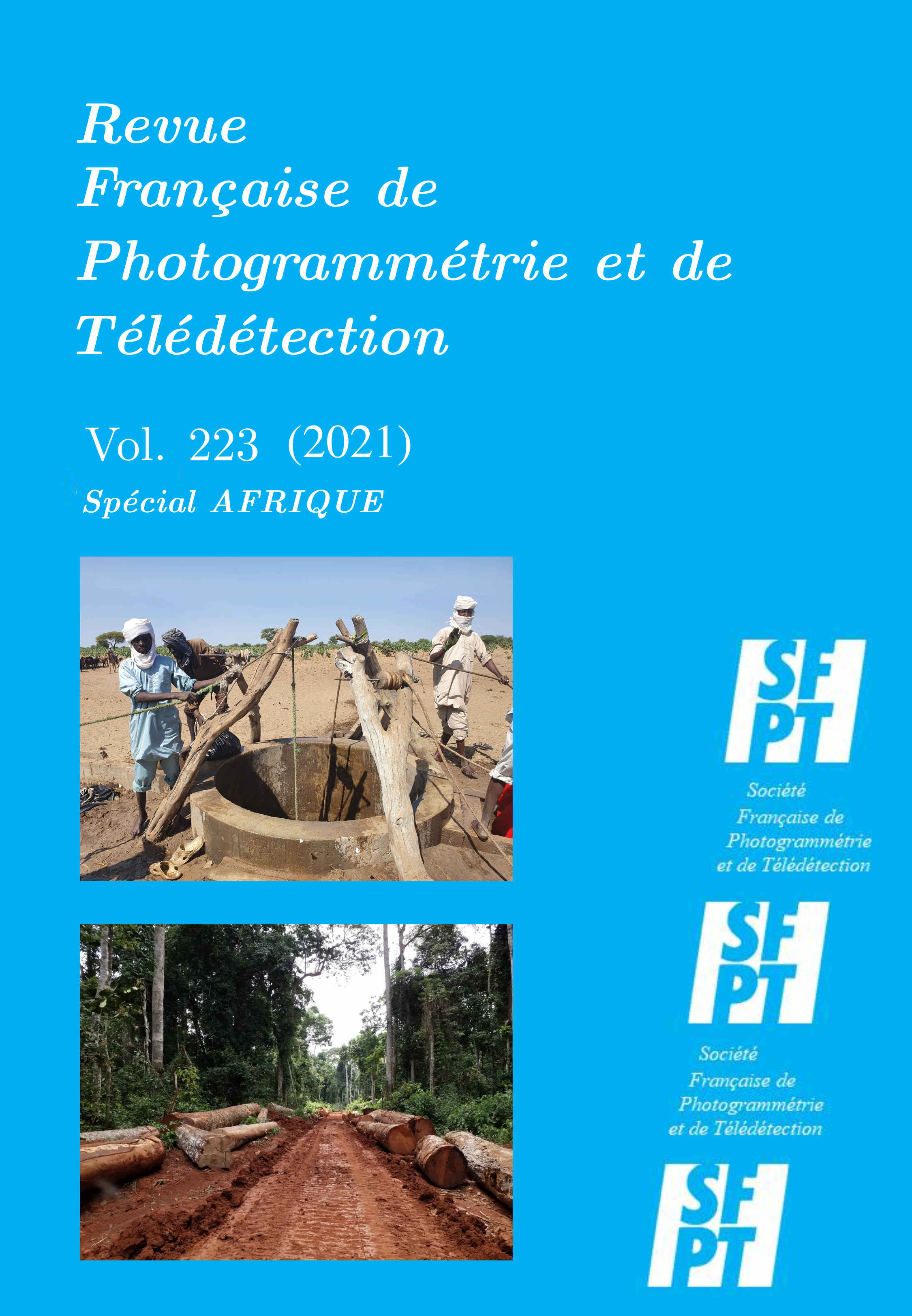Detection of zones of degradation and regeneration of plant coverage in southern Senegal through analysis of MODIS NDVI temporal series trends and LANDSAT image classification
DOI:
https://doi.org/10.52638/rfpt.2021.580Keywords:
Vegetation cover, NDVI trends, Landsat, Degradation, Regeneration, South Senegal, Vegetation cover, NDVI trends, Landsat, Degradation, Regeneration, South SenegalAbstract
Located in the south of Senegal, the Upper-Casamance (present-day Kolda region) has a strong vegetation dynamic mainly due to the clearing of land for agricultural needs, bush fires, population growth and uncontrolled logging. In such a situation, mapping and quantification of changes in vegetation cover become relevant for a more rational and sustainable management of plant resources, but also for the achievement of the Sustainable Development Goals. This study aims to detect the degradation and regeneration of vegetation cover during the last two decades in Upper-Casamance. It is based on an analysis of the trends of MODIS NDVI images time series acquired over the period 2000-2018, on a land cover and use changes (LULCC) maps established from Landsat images (ETM+ 1999 and OLI 2018), and a joint analysis of NDVI and LULCC trends. Data processing is based on the calculation of the Kendall correlation (τ) and the p significance test at the 10% threshold, and on a multistage unsupervised classification, respectively. The study shows significant changes in land cover and land use, including conversion from forest to savannah (13.5%), and from savannah to crop and habitat areas (7.9%). Significant negative trends in NDVI (related to forest-savanna conversion and forest-cropping and habitat areas) are observed in 2.1% of the study area and indicate vegetation degradation especially along the border with Gambia, on the Pata-Ndorna axis, in the centre of the study area, and around Medina Gounass. On the other hand, significant positive trends on 1.8% of the study area are evidence of regeneration in the south and are linked to the conversion of cultivated areas into savanna and forest. Joint analysis of NDVI and LULCC trends indicated significant degradation in south of Kerewane and Niaming, on the Ndorna-Pata axis, around Medina Gounass, and towards Saré Coly; and significant regeneration at the northeast border, north of Mampatim, to the south towards Bagadadji and Medina El Hadji, and between Linkering-Paroumba. This analysis also revealed that the two sources of data (NDVI et Landsat) are spatially consistent and that most of the trends in vegetation productivity are explained by changes in land use and not by climate.
Downloads
Downloads
Published
Versions
- 2021-11-02 (5)
- 2021-10-29 (3)
- 2021-03-24 (1)






